Filter by
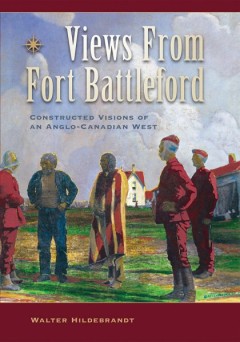
Views From Fort Battleford Constructed Visions of an Anglo-Canadian West
The Myth of the Mounties as neutral arbiters between Aboriginal peoples and incoming settlers remains a cornerstone of the western Canadian narrative of a peaceful frontier experience that differs dramatically from its American equivalent. Walter Hildebrandt eviscerates this myth, placing the NWMP and early settlement in an international framework of imperialist plunder and the imposition of co…
- Edition
- -
- ISBN/ISSN
- 9781897425459
- Collation
- -
- Series Title
- -
- Call Number
- -
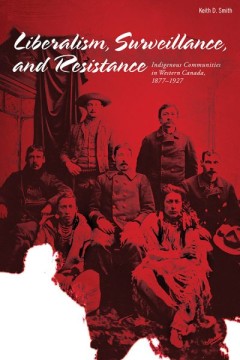
Liberalism, Surveillance, and Resistance Indigenous Communities in Western C…
Canada is regularly presented as a country where liberalism has ensured freedom and equality for all. Yet with the expansion of settlers into the First Nations territories that became southern Alberta and BC, liberalism proved to be an exclusionary rather than inclusionary force. Between 1877 and 1927, government officials, police officers, church representatives, ordinary settlers, and many ot…
- Edition
- -
- ISBN/ISSN
- 9781897425398.01
- Collation
- -
- Series Title
- The West Unbound: Social and Cultural Studies
- Call Number
- 334 pages
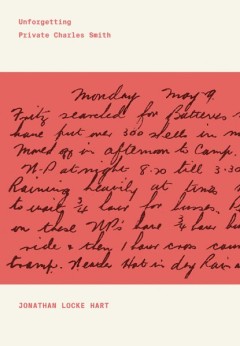
Unforgetting Private Charles Smith
Private Charles Smith had been dead for close to a century when Jonathan Hart discovered the soldier’s small diary in the Baldwin Collection at the Toronto Public Library. The diary’s first entry was marked 28 June 1915. After some research, Hart discovered that Charles Smith was an Anglo-Canadian, born in Kent, and that this diary was almost all that remained of this forgotten man, who lik…
- Edition
- -
- ISBN/ISSN
- 9781771992534.01
- Collation
- -
- Series Title
- -
- Call Number
- 4.5 x 6.5, 80 pages

The Teacher and the Superintendent Native Schooling in the Alaskan Interior,…
From its inception in 1885, the Alaska School Service was charged with the assimilation of Alaskan Native children into mainstream American values and ways of life. Working in the missions and schools along the Yukon River were George E. Boulter and Alice Green, his future wife. Boulter, a Londoner originally drawn to the Klondike, had begun teaching in 1905 and by 1910 had been promoted to sup…
- Edition
- -
- ISBN/ISSN
- 9781927356500.01
- Collation
- -
- Series Title
- Our Lives: Diary, Memoir, and Letters
- Call Number
- 440 pages
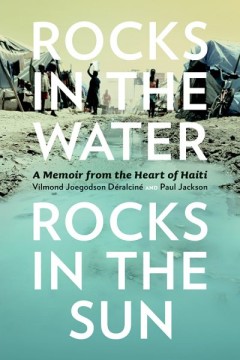
Rocks in the Water, Rocks in the Sun A Memoir from the Heart of Haiti
When Joegodson Déralciné was still a small child, his parents left rural Haiti to resettle in the rapidly growing zones of Port-au-Prince. As his family entered the city in 1986, Duvalier and his dictatorship exited. Haitians, once terrorized under Duvalier’s reign, were liberated and emboldened to believe that they could take control of their lives. But how? Joining hundreds of thousands o…
- Edition
- -
- ISBN/ISSN
- 9781771990110.01
- Collation
- -
- Series Title
- Our Lives: Diary, Memoir, and Letters
- Call Number
- 390 pages
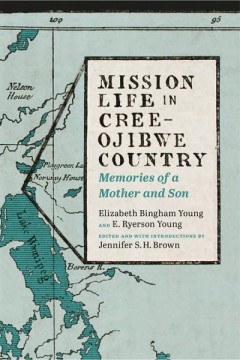
Mission Life in Cree-Ojibwe Country Memories of a Mother and Son
In May of 1868, Elizabeth Bingham Young and her new husband, Egerton Ryerson Young, began a long journey from Hamilton, Ontario, to the Methodist mission of Rossville. For the next eight years, Elizabeth supported her husband’s work at two mission houses, Norway House and then Berens River. Unprepared for the difficult conditions and the “eight months long” winter, and unimpressed with �…
- Edition
- Jennifer S. H. Brown
- ISBN/ISSN
- 9781771990035.01
- Collation
- -
- Series Title
- Our Lives: Diary, Memoir, and Letters
- Call Number
- 336 pages
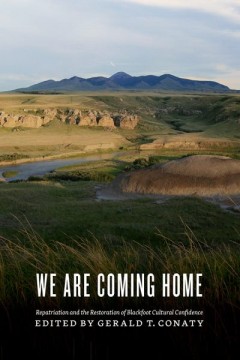
We Are Coming Home Repatriation and the Restoration of Blackfoot Cultural Co…
In 1990, Gerald Conaty was hired as senior curator of ethnology at the Glenbow Museum, with the particular mandate of improving the museum’s relationship with Aboriginal communities. That same year, the Glenbow had taken its first tentative steps toward repatriation by returning sacred objects to First Nations’ peoples. These efforts drew harsh criticism from members of the provincial gover…
- Edition
- -
- ISBN/ISSN
- 9781771990172.01
- Collation
- -
- Series Title
- -
- Call Number
- 304 pages
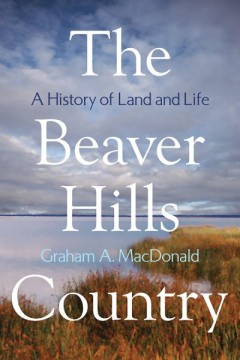
The Beaver Hills Country A History of Land and Life
This book explores a relatively small but interesting and unusual region of Alberta between the North Saskatchewan and the Battle Rivers. The Beaver Hills arose where mountain glaciers from the west met continental ice-sheets from the east to create a complex and diverse landscape. MacDonald relates how climate, water levels, wildlife, vegetation, and fire have shaped the possibilities and prov…
- Edition
- -
- ISBN/ISSN
- 9781897425374.01
- Collation
- -
- Series Title
- -
- Call Number
- 264 pages
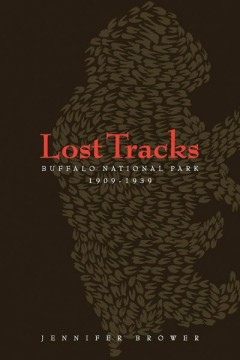
Lost Tracks Buffalo National Park, 1909–1939
While contemporaries and historians alike hailed the establishment of Buffalo National Park in Wainwright, Alberta as a wildlife saving effort, the political climate of the early twentieth century worked against its efforts to stem the decline of the plains buffalo in North America. However, the branch charged with operating the park, the Canadian Parks Branch, was never sufficiently funded and…
- Edition
- -
- ISBN/ISSN
- 9781897425107.01
- Collation
- -
- Series Title
- -
- Call Number
- 193 pages
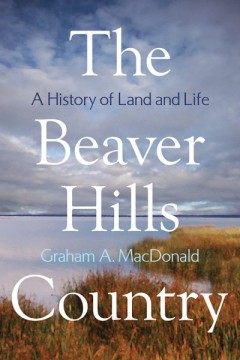
The Beaver Hills Country A History of Land and Life
This book explores a relatively small but interesting and unusual region of Alberta between the North Saskatchewan and the Battle Rivers. The Beaver Hills arose where mountain glaciers from the west met continental ice-sheets from the east to create a complex and diverse landscape. MacDonald relates how climate, water levels, wildlife, vegetation, and fire have shaped the possibilities and prov…
- Edition
- -
- ISBN/ISSN
- 9781897425374.01
- Collation
- -
- Series Title
- -
- Call Number
- 264 pages
 Computer Science, Information & General Works
Computer Science, Information & General Works  Philosophy & Psychology
Philosophy & Psychology  Religion
Religion  Social Sciences
Social Sciences  Language
Language  Pure Science
Pure Science  Applied Sciences
Applied Sciences  Art & Recreation
Art & Recreation  Literature
Literature  History & Geography
History & Geography